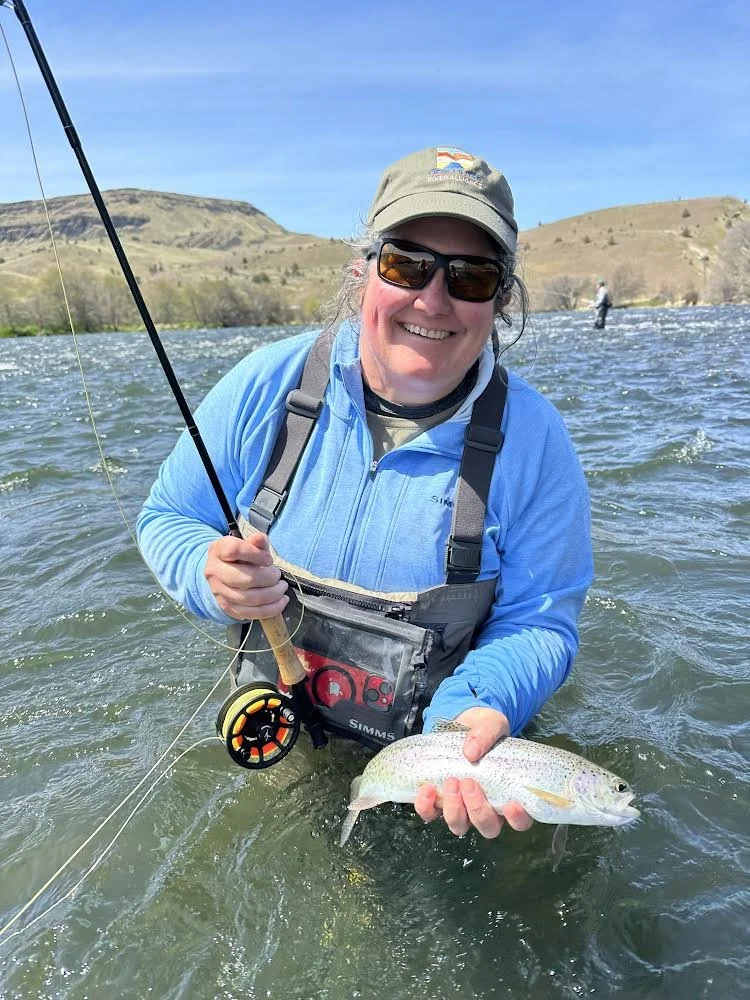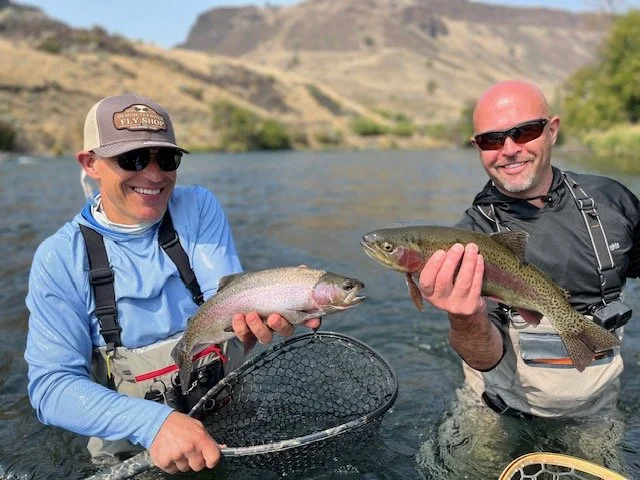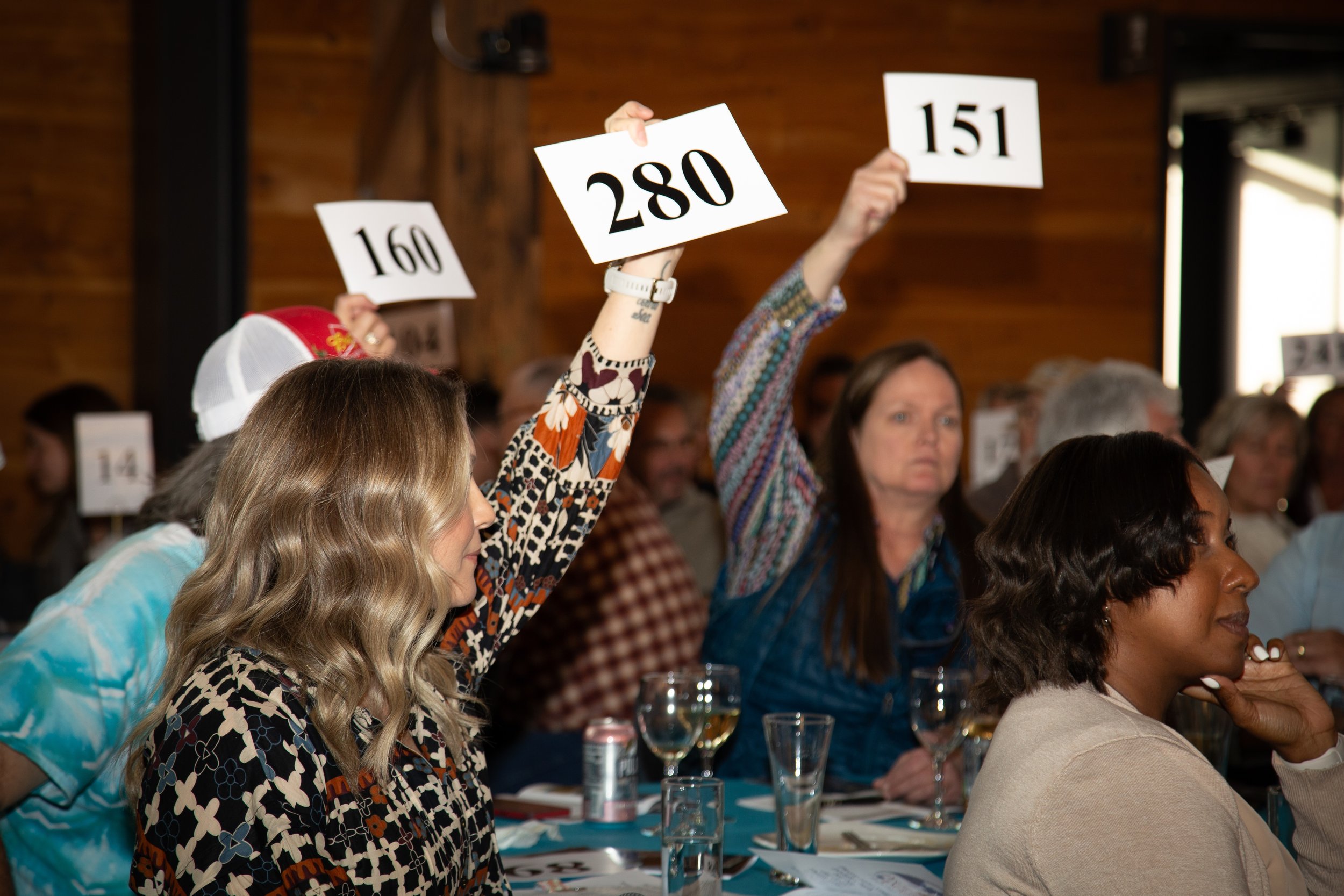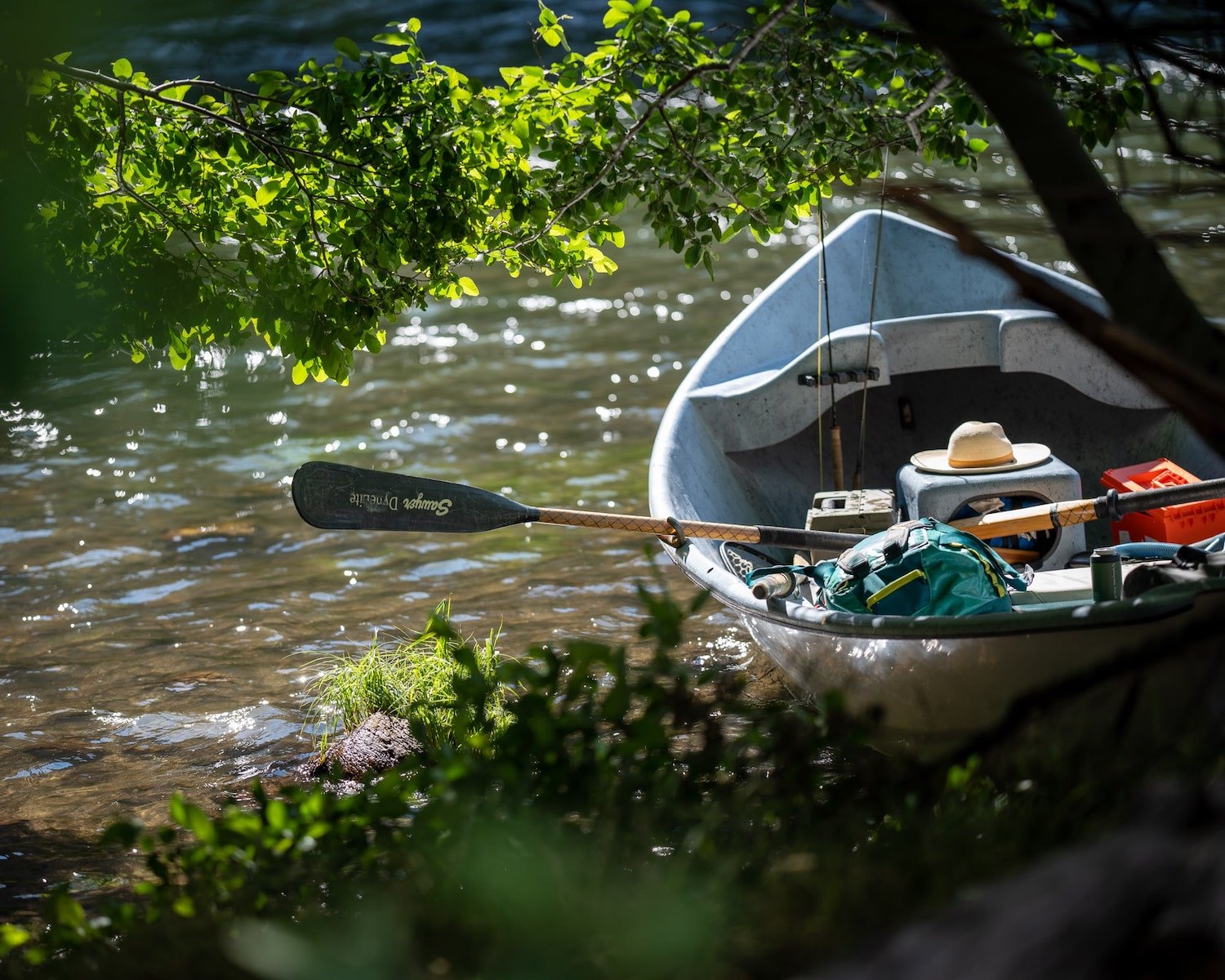Migration Through Lake Billy Chinook Proves Deadly for Steelhead Smolts
Above, the Selective Water Withdrawal Tower. The fish collection facility on the far right is the destination of 1 in 4 steelhead smolts swimming through the reservoir. In-reservoir mortality yearly takes the vast majority of the 60-70,000 steelhead smolts that migrate through Lake Billy Chinook.
By PGE’s Own Data: Reintroduction is a Flop
Last July, Portland General Electric hosted its annual fisheries workshop. It took several months, but more recently the company posted on its website the presentations made by their fisheries science staff. On last week’s DRA blog, a look at PGE’s own water quality data at this workshop indicates some persistent trouble. Data doesn’t lie: PGE’s own graphs and charts–what you’re looking at below here– read like a tacit admission that changes need to be made to improve water conditions on the lower Deschutes. This week: last summer’s fisheries workshop presentations on the status of Deschutes River fish reintroduction.
In 2024, PGE’s reintroduction program had the same kind of year it has had in previous years: awful. Adult fish return to the Pelton trap: just 21 sockeye, 29 Chinook, and 133 steelhead.
It’s the mission of science to not only report data, but to interpret it. Those who care about the Deschutes deserve to not only know that fish reintroduction is failing, but why. Unfortunately, the why in PGE’s presentations is largely missing. More questions than answers remain. So:
Let’s Do The Questions
PIT-tagged fish captured at the SWW in 2024.
How deadly is the swim through Lake Billy Chinook for a juvenile steelhead?
The odds of a steelhead smolt making it through the short but deadly reservoir swim to the collection facility at the SWW are about 1 in 4. Keep in mind this is a short swim, no more than 12 miles from the upriver-most acclimatization tanks to the forebay of Lake Billy Chinook where lies the SWW and the collection facility. Above is PGE’s slide depicting the number of juvenile steelhead, marked prior to release in one of the three tributaries above Lake Billy Chinook, and re-captured at the collection facility at the SWW. A PIT (passive integrated transponder) tag is a rice-grain sized transmitter implanted in a subject fish. The tag is then detected by an array (or arrays) placed at strategic locations along the migration corridor. By tagging a statistically significant number out of a population of fish (in this case, 400) accurate estimates of migration survival and timing can be made.
Given the short distance travelled, it’s alarming that so few of the tagged fish made it through the reservoir to the collection facility. When Tower operations began, the target was a smolt reservoir passage efficiency of 75%, meaning three out of four smolts successfully collected after they made it through the reservoir. 27% of juveniles from the Deschutes and 26% from the Crooked indicates a disturbingly high level of reservoir mortality, a percentage corroborated by another slide from the same presentation depicting annual numbers of smolts collected at the SWW over the years:
Fry and smolt collection totals at the SWW, 2010-2025.
From 2020 on, PGE has been releasing 100,000 juvenile steelhead annually as part of the reintroduction effort. Beginning in 2020, PGE began trucking 30-40,000 of these fish around the Pelton-Round Butte Project entirely, ensuring that these fish would never encounter the reservoir or the SWW. This leaves 60-70,000 juveniles to make the harrowing swim through the reservoir. As the slide shows, no more than 20,000–and in most years, 12-15,000 of these steelhead make it to the SWW, a proportion that aligns well with the paltry number of surviving PIT tagged fish reported in the first slide. The next slide suggests a much higher survival rate for these fish, which is misleading.
Better than 98% survival for fish collected at the SWW? Yes, if you only count the fish that made it there.
Next question: If there’s an issue with in-reservoir mortality, how is PGE claiming (in the slide above) 98-99% survival rate for outmigrating juvenile fish?
This slide represents a fair amount of misdirection. The combined survival rate includes bull trout and kokanee that are residents of the reservoir and upstream rivers. One of the selling points of the Tower prior to construction was that some resident kokanee would transform into sockeye, bolstering a concurrent hatchery reintroduction program. Pre-Tower forecasts were that 30-40,000 sockeye would return to the Deschutes annually. 21 returning adults last year makes that estimate seem like a far off salmon fantasy. 65,000 resident kokanee were trapped at the SWW in 2024, and some of them were released into the river in hopes that they would transform into ocean-going sockeye. That’s not happening.
Bull trout are also collected at the SWW, and some are released downstream. Prior to Tower operations, the bull trout population, despite its federal listing as a threatened species, was deemed incidental. These fish require colder water than salmonids, which PGE claimed then was not, and would not be available in the lower Deschutes. So why release them into the lower river now?
Next, the title of the above slide,“Average Percent Survival through SWW,” is easily misinterpreted. The only thing that goes “through” the SWW is water. This slide indicates the number of juveniles trapped at the SWW, suctioned onto a tanker truck, and released into the free-flowing river below the re-reg dam. The survival percentage is calculated only for those fish that show up in the collection facility, and survive handling and transport to the lower river.
PGE is taking reasonably good care of the lucky few reintroduced steelhead, Chinook and sockeye that make it to the collection facility. But the ones that don’t–the vast majority–are victims of a mass execution program for otherwise healthy smolts. Whether these mortalities are attributable to toxic levels of pH in the reservoir, predation, loss in the slackwater of the reservoir, or some combination of these factors isn’t being addressed by PGE.
Timing of Chinook and steelhead smolts to the SWW.
If reservoir conditions are so deadly, is there anything PGE presented at their fisheries workshop that offers an alternative?
No, not intentionally. But: the slide above represents the timing of those lucky few smolts that do make it to the SWW. It inadvertently lends credence to the plan that the DRA is championing.
As this slide depicts, the vast majority of smolts arrive at the SWW between mid-March and the end of June. But currently, water from the surface of Lake Billy Chinook is spilled eight months out of the year, from November to July. The stated purpose of this flow regime is to attract outmigrating juvenile fish to the SWW collection facility. Why then, put warm, nutrient-rich water into the lower Deschutes River outside of the migration time for juveniles?
The DRA proposes a three year experiment: for all but the months of March through June, when juvenile salmon and steelhead are attempting that harrowing journey to the SWW collection facility, the maximum amount of colder, cleaner water from the depths of Lake Billy Chinook should flow into the lower Deschutes. The river we love the most deserves nothing less.
More From The Blog
Subscribe the the DRA Newsletter
The Deschutes River Alliance is your focused voice to protect the lower Deschutes River, its cold water flows and the fish and wildlife that are sustained by them. We send regular emails with important data and news about the lower Deschutes River. We will not sell your contact information to others.
How to Support the DRA
Everyone wants clean, healthy water in the Deschutes River. Oregonians cherish our clean and healthy waterways to provide drinking water, wildlife habitat and recreational activities. The lower Deschutes River is a federally designated Wild & Scenic River, and a national treasure. It must be protected for the environmental and economic health of Central Oregon. By working together we can return the lower Deschutes River to full health.


















